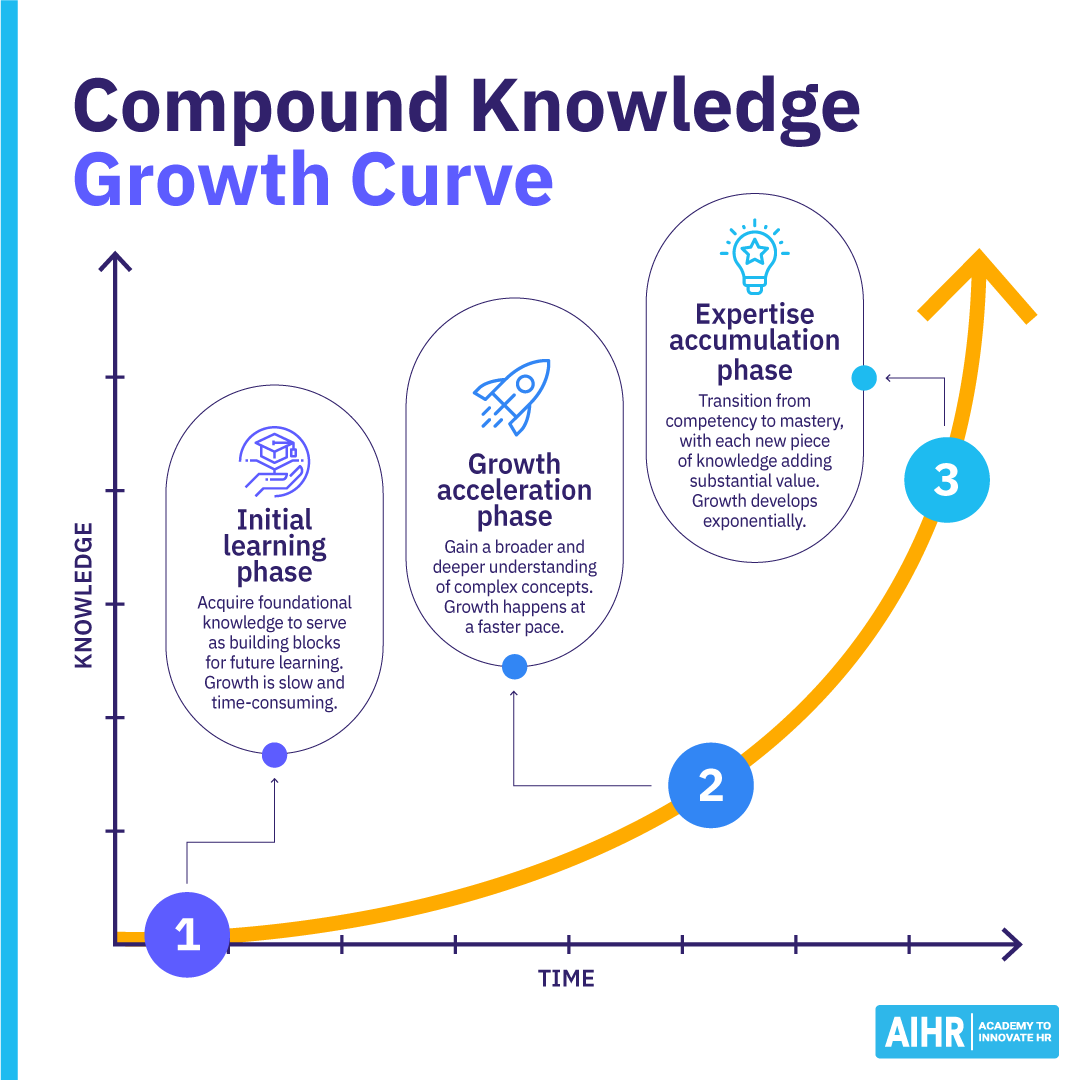The Vertically Integrated Factory + Brand Playbook
For modern founders, consumer brands no longer scale on marketing alone. The brands that will dominate the next decade are those that own their manufacturing, innovate rapidly, and operate with extreme capital efficiency. No company exemplifies this better than Zuru, which grew from a $20,000 bootstrapped operation into a multi-billion-dollar global powerhouse in toys and consumer goods—without outside capital.
This playbook distils Zuru’s core principles into a practical blueprint for any founder seeking to build a vertically integrated factory + brand ecosystem capable of disrupting legacy categories.
1. Start Scrappy, Stay Capital-Efficient
Objective: Gain manufacturing control without raising large capital.
The Zuru Insight
Zuru built its foundation on scrappiness and financial discipline. Instead of raising capital, they turned retailers into financiers via FOB shipping terms—offloading risk and inventory costs from day one.
How to Apply
Start with a micro-factory or a contract manufacturing hub in Asia to avoid heavy up-front investment.
Structure FOB or pre-order agreements so retailers (or even customers) effectively pay for production runs.
Keep burn extremely low:
Small team
Shared accommodation
Tight budgeting
No unnecessary overhead
Focus every pound or dollar on product, quality, and speed.
Outcome
You own the production engine without relying on outside investors. You gain leverage with retailers because you can offer better prices, faster development cycles, and guaranteed supply.
2. Build Your “IP Spine” Early
Objective: Avoid early mistakes and create protectable, defensible products.
The Zuru Insight
Their early ignorance of IP led to lawsuits—but that pain forced them to master intellectual property and invest heavily in original invention.
How to Apply
Hire or contract:
1 IP attorney
1 compliance/safety lead
Conduct an IP landscape map before building your first prototype.
Establish a pipeline of differentiated, defendable features:
Patents
Utility models
Trademarks
Packaging IP
Build technical files for every product to meet global compliance standards (CE, CPSIA, FDA, etc).
Outcome
You avoid costly IP pitfalls, develop a culture of innovation, and create a long-term competitive moat around your products.
3. Use the “Fire Bullets Before Cannonballs” Method
Objective: Validate product-market fit quickly and cheaply.
The Zuru Insight
Zuru tests dozens of micro-ideas (“bullets”) and only scales the hits (“cannonballs”). This massively reduces waste and accelerates learning.
How to Apply
Identify 5–10 strong consumer insights using:
Search data
TikTok trends
YouTube creators
Retail buyer feedback
Develop 3–5 low-cost prototypes.
Run micro-tests:
TikTok Spark Ads
Shopify/ Amazon pre-orders
Retail buyer sampling
Small influencer trials
Scale only the ideas with undeniable traction.
Outcome
You avoid betting on the wrong products. Your winners scale fast, and your losers fail cheaply.
4. Build a Compound Improvement Culture
Objective: Grow exponentially without expanding headcount exponentially.
The Zuru Insight
Zuru runs on a philosophy of 2% improvement per week. This mindset compounds into industry-jumping performance.
How to Apply
Implement a weekly WIG (Wildly Important Goal) across teams.
Improve one metric by 2% every week—cost, CAC, defect rate, throughput, conversion rate.
Mandate micro-optimisations every Friday.
Track progress and celebrate small improvements.
Outcome
Your organisation becomes faster, leaner, more capable, and more profitable every week—without scaling bureaucracy.
5. Install a “Brain Trust” System
Objective: Avoid flatlining and enforce continuous excellence.
The Zuru Insight
Every 4 weeks, Zuru brings cross-functional experts together to critique everything. This eliminates complacency and accelerates iteration.
How to Apply
Run a 90-minute monthly Brain Trust review covering:
Manufacturing
Design
Supply chain
Marketing
Sales
Finance
Define cross-functional KPIs:
Cost-per-unit
Defect rate
ROAS
Velocity to prototype
Retail buyer approval rate
Outcome
No team stagnates. Problems are surfaced early. Innovation cycles speed up.
6. Build the Factory Around Speed, Not Scale
Objective: Create a flexible, trend-driven manufacturing engine.
The Zuru Insight
Zuru’s factories are designed for speed, SKU agility, and rapid retooling—not giant monolithic production.
How to Apply
Start with a focused factory specialising in one modality (e.g., injection molding, blending, fill & finish).
Use cell-based production lines that can switch between products quickly.
Standardise components to reduce complexity.
Apply a Kaizen methodology to unlock weekly efficiency improvements.
Outcome
Your factory becomes a strategic weapon: fast, efficient, and able to pivot with trends.
7. Build the Brand on Transparency + Sustainability
Objective: Win the modern consumer (Zuru Edge methodology).
The Zuru Insight
Zuru Edge succeeded by aligning with Gen Z & Millennial expectations of transparency, authenticity, and sustainability.
How to Apply
Anchor your brand in:
Ingredient clarity
Sustainable sourcing
Honest pricing
Performance backed by in-house R&D
Ethical manufacturing
Tell a brand story centred on:
Vertical integration
Precision manufacturing
Cost savings passed back to the consumer
Zero inflated margins
Outcome
Your brand builds trust quickly, differentiates clearly, and disrupts incumbents who rely on opaque legacy practices.
8. Create Category Attack Plans
Objective: Systematically dethrone incumbents.
The Zuru Insight
Zuru never competes blindly; they identify exactly where incumbents are weak and build products that exploit those gaps.
How to Apply
For each category:
Map weaknesses of the top 3–5 incumbents:
Slow innovation
Undifferentiated product lines
High retailer reliance
Low transparency
Develop a superior formula or user experience.
Use your factory’s efficiency to deliver 30–50% margin improvements.
Undercut incumbents in retail while offering higher quality.
Outcome
Retailers will champion your product because you deliver better quality, better margins, and faster innovation cycles.
9. Leverage Retailers as Growth Engines
Objective: Unlock scale without burning capital.
The Zuru Insight
Through FOB terms, retailers financed Zuru’s growth. This removed the need for outside equity.
How to Apply
Offer major retailers:
FOB shipping
Margin uplift
Guaranteed supply
Fast replenishment
Exclusive SKUs
Private label capabilities
Secure retailer commitment before mass production.
Outcome
Retailers become your financiers—and your accelerators.
You scale without debt or dilution.
Final Deliverable: The Complete Vertically Integrated Factory + Brand System
A business built on these principles is:
Fast
Trend-driven, with rapid prototyping and SKU agility.
Lean
Cash-efficient, capital-light, and funded by customers/retailers.
Defensible
Protected by IP, proprietary processes, and technical files.
Scalable
Retail-ready, high-margin, and able to grow internationally without outside capital.
Modern
Sustainable, transparent, consumer-first, and aligned with Gen Z and Millennial expectations.
Conclusion
This playbook isn’t theoretical—it’s proven.
Zuru used it to build multi-billion-dollar brands in some of the most competitive consumer categories in the world.
Founders who embrace vertical integration, speed, IP defensibility, and retailer-funded growth will define the next generation of global consumer brands.




